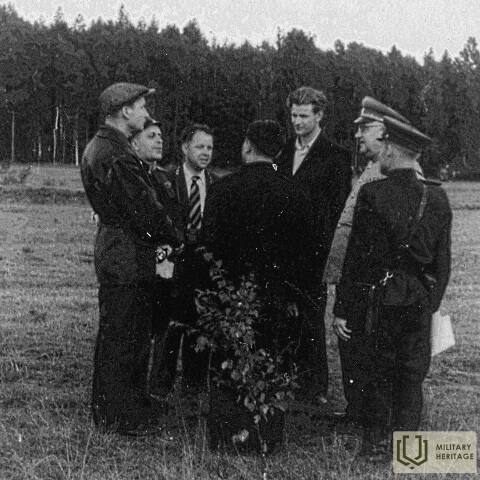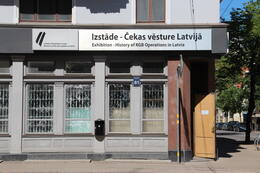USSR double agent - Edvīns Ozoliņš nicknamed "Pilot"

The Cold War intelligence and counterintelligence battles between the West and the USSR involved agents from both sides and double agents. Since the 1920s, the Soviet security services had developed a completely new means of protecting the regime: disinformation. A term that was previously unknown in the West.
Edvīns Ozoliņš (nickname “Herberts”, for communication with US government institutions “Herberts Okolo”, cryptonym CAMUSO/2). Ozoliņš was born in Riga in 1914. During World War II, he served in the Latvian aviation unit as a mechanic. He ended up in Germany with the unit. At the moment of capitulation, he managed to escape to Sweden. It is difficult to understand why the Americans liked Ozoliņš, because he was a completely untalented and useless radio operator. Perhaps the Americans liked Ozoliņš’s wide American smile, and it was precisely the smile that attracted the Americans.
French intelligence had warned the Americans as early as February 7, 1950, that Ozolinis was considered a Soviet agent and had requested all available information about him. The CIA, in turn, estimated that they had at least 75 Ozolinis cards and were unable to determine which Ozolinis they were talking about. But the French were right.
In Lukašēvičs' synopsis of the operational game "Meteor":
“In 1951 (7V) the State Security organs became aware that the CIA was preparing a group of spies for illegal sending to Latvia. This was reported by the Latvian emigrant Edvīns Ozoliņš [..], who at that time lived in Stockholm and wanted to return to his homeland. [sic!]” [2]
As follows from both Lukašēvičs' notes and the textbook "History of Soviet State Security Organs" written for the KGB Higher School, Ozoliņš was recruited under the nickname "Pilot". However, it is also known that agent "Pilot" was at that time connected with the residences of the 1st Main Directorate (foreign intelligence) of the USSR and no one at the KGB level of the Latvian SSR had any idea about him.
https://www.lsm.lv/raksts/dzive--stils/vesture/kgb-slepenie-arhivi.-spiegu-speles-latvija-cia-agenti-psrs-dienesta.a261845/
Related timeline
Related objects
Exhibition in the KGB Building "History of KGB Operations in Latvia"
The former USSR State Security Committee (commonly known as Cheka) building is open for visitors. Here chekists imprisoned, interrogated and murdered Latvian citizens who were considered opponents by the occupation regime. There is also an exhibit from the Latvian Occupation Museum on the activities of Cheka in Latvia. Guided tours of the prison cells, corridors, basement and courtyard are available. The house was built in 1911 and it is one of the most beautiful buildings in Riga. Called the ‘Corner House’ by the people, it was the scariest symbol of the Soviet occupation regime in Latvia, and also one of the pillars of power of the USSR. Cheka operated from the Corner House during the occupation from 1940 to 1941 and then again from 1945 to 1991. Tens of thousands of Latvians were affected by direct political persecution. The fight against enemies of Soviet rule continued also after World War II. Cheka’s approach towards its operation slightly changed after Stalin’s death. Physical torture was replaced by psychological terror. The majority of Cheka agents were Latvians (52%). Russians were the second largest group – 23.7%. 60.3% of the agents were not members of the Communist Party. 26.9% of the agents had higher education. The system was designed in a way to involve local people and thus have greater control over the society. Staff documents and service records are located in Russia. And these materials have not been made available to Latvian authorities and researchers.






